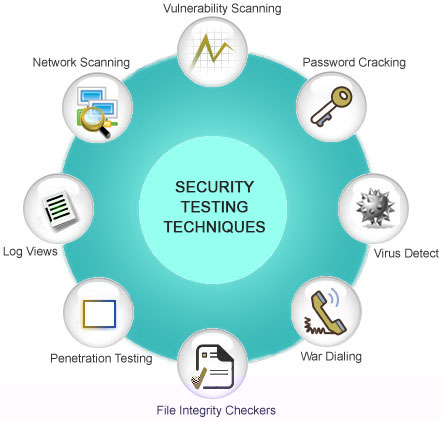Security Testing: Ensuring the Security of Your Applications and Systems

About Course
In a world where digital threats are growing more sophisticated and persistent, security testing has become a critical component of software and systems development. This course offers an engaging and practical dive into the techniques, tools, and strategies used to uncover vulnerabilities and reinforce the digital walls of your applications and infrastructure. Whether you’re an aspiring cybersecurity professional or a developer wanting to ensure your code can withstand attacks, this course delivers essential insights that bridge technical understanding with real-world application.
You’ll explore everything from vulnerability scanning and penetration testing to hybrid testing approaches and modern tools tailored for web, mobile, and network systems. With a focus on both manual and automated testing, you’ll learn how to plan, execute, and refine your security tests while aligning with industry best practices. As cyber threats evolve, the ability to proactively identify and mitigate security risks is a skill in high demand—and this course prepares you to meet that demand with confidence.
Course Content
Introduction
Definition of security testing
00:00Importance of security testing
00:00Goals of security testing
00:00